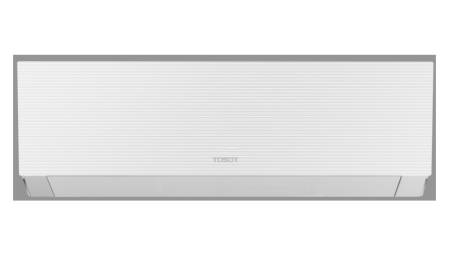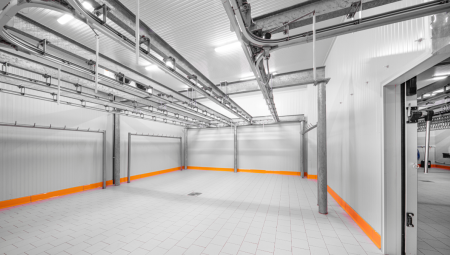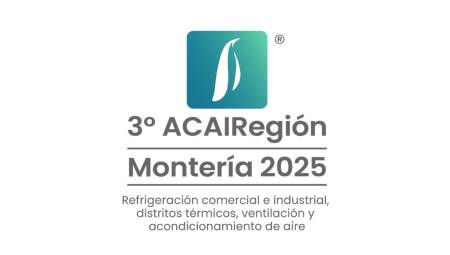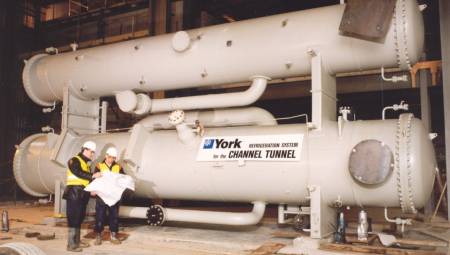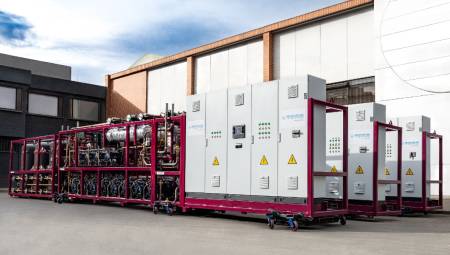The text explains the advantages of using R290 as a natural refrigerant that contributes to environmental care. In addition, it explains how the technical requirements change in your application.
By Jimy Danelli
At present, humanity has felt in various ways the onslaught of climate change, heavy floods, droughts and snowfall, among other consequences due to the changes that the environment has suffered, due to pollution from various forms and agents.
This impact calls conscience to all professionals and technicians who develop activities with refrigeration and air conditioning systems. Not only for the use of gases that are affecting the environment, but especially for systems that in one way or another leave a huge CO2 footprint, since their energy efficiency levels are sometimes very low or their uncontrolled use leads to unnecessary energy consumption.
Motivated by this serious circumstance nations have proposed goals for the reduction of fossil fuels, the efficient use of energy and the reduction of the use of greenhouse gases, or those that damage the ozone layer.
Because of this many people began to pay attention to the impact of the greenhouse effect on the environment of human life. For its part, China began to vigorously promote the use of natural refrigerants to phase out HCFC refrigerants with higher greenhouse effect.
As one of the alternatives to the aforementioned HCFCs, R290 (propane) emerged, which is a natural and environmentally friendly refrigerant. This was successfully developed in 2004 and is widely used in the commercial refrigeration chain.
Let's analyze some applications that R290 gas has in commercial refrigeration systems.
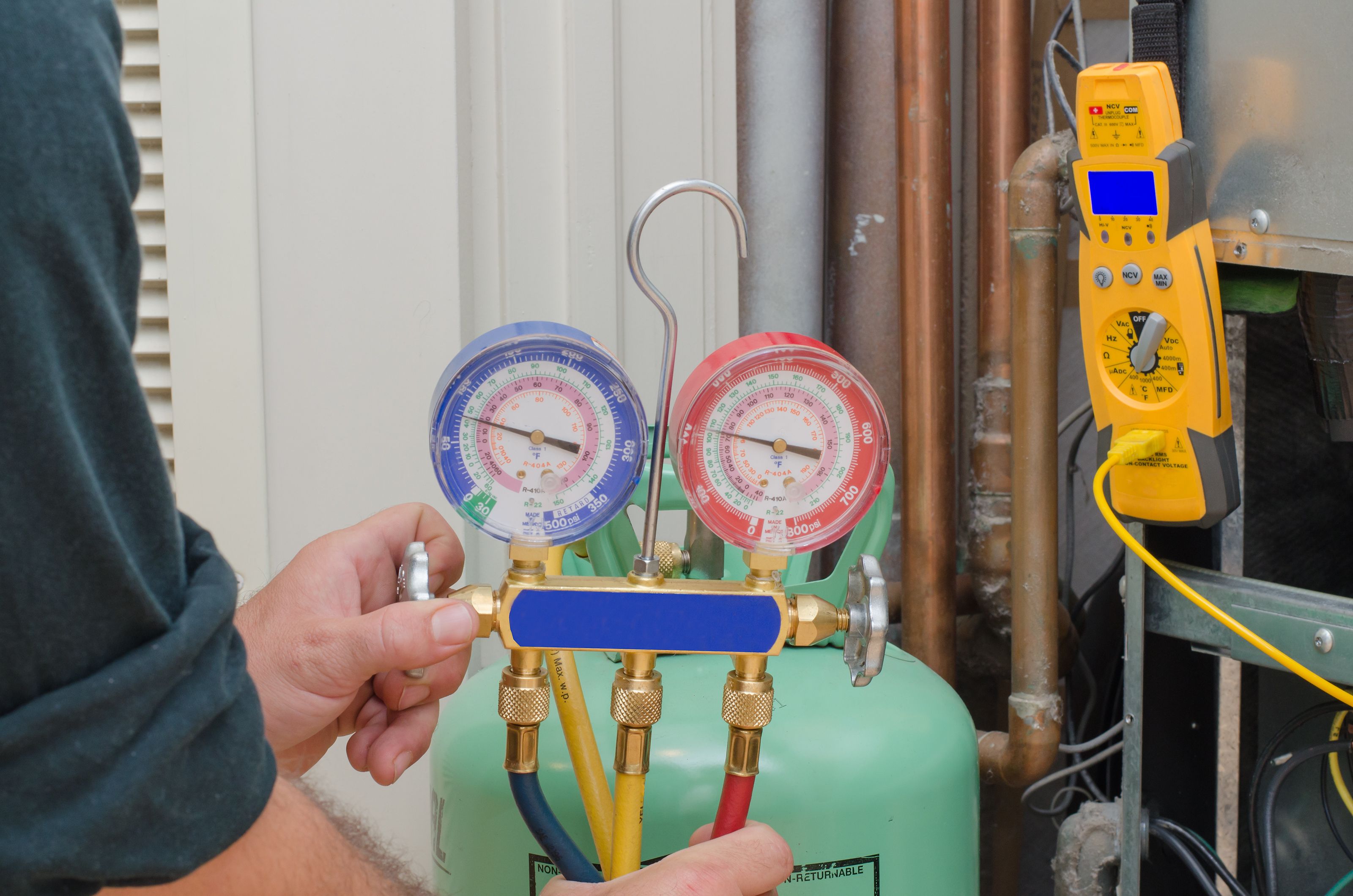
1. Analysis to perform the conversion of a commercial system to R290
There are major differences in characteristics between R290 and refrigerants commonly used in other small fully enclosed systems. Therefore, in many cases, it is necessary to carry out a detailed design in a specific way.
1.1. Working pressure
When the evaporation temperature is -25 °C, the working pressure of R290 is 190% of R134a. And it's about 80% of R404A. As a result, when designing the evaporator, it has to be similar to R404A.
If condensed at 50 °C, the working pressure of R290 is 140% of R134a, and 73% of R404A. Therefore, the original system pipe of R404A can meet the requirements of R290 in terms of pressure resistance.
1.2. Refrigerant filling
For the cooling system of R404A or R134a, if we do not change the condenser and evaporator, the filling volume of R290 is 40% of them.
As for the relevant standards, for a simple refrigeration cycle system, the maximum filling volume of R290 is 150 g.
To comply with this standard, the following measures must be taken in the design process: reduce the adequacy of the inside diameter of the condensing line, shorten the length of the condenser, increase the heat exchange efficiency, reduce the volume of the evaporator and improve the heat exchange efficiency.
1.3. Selection of material
R290 has a high mutual solubility with mineral oil. Some R290 compressors use the same POE oils as R404A and R134a compressors. In the refrigeration circuit the R290 has no active chemicals, therefore it does not present specific problems.
1.4. Reasonable choice of choke device
Capillary pipe throttling is a reliable and economical way for small commercial refrigerators. For commercial refrigerators with the same performance and specifications, the capillary tube flow rate is the same as that of the R404A system.
As for the cooling characteristics of propane, when proper overheating occurs in the return air, the system will improve cooling efficiency. Therefore, it is necessary to exchange the capillary tube with the return air tube. In terms of structure, the system similar to R404A can be borrowed.
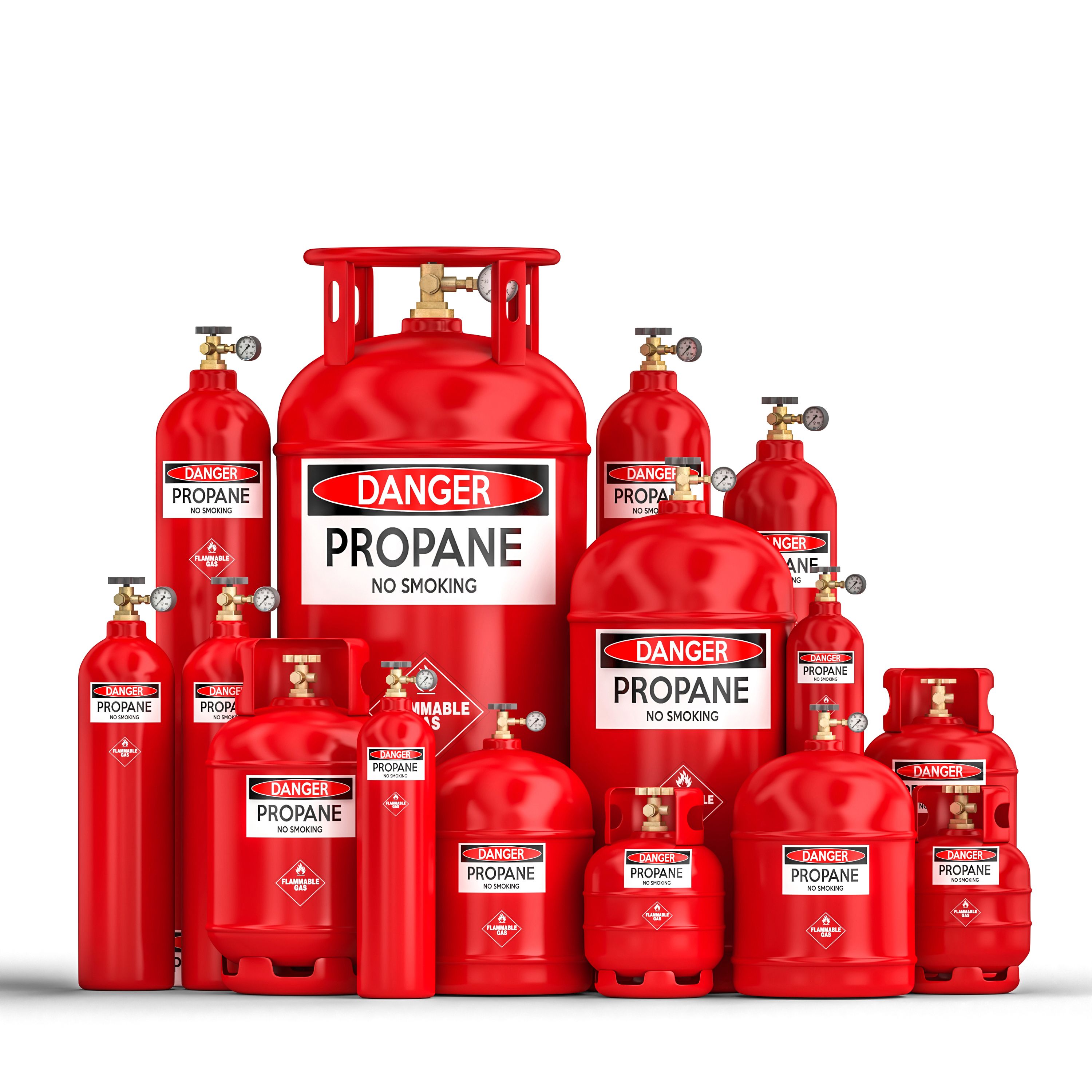
1.5. Security measures
The pipe must meet the pressure requirements. The high-pressure side of the system must withstand 3.5 times the saturation pressure of propane at 70 °C, i.e. 87 bar. And the low-pressure end must withstand 5 times the saturation pressure of propane at 20 °C, i.e. 36.8 bar.
When designing the pipe, it is also necessary to minimize the solder joints to prevent weld leakage.
If it is a large cooling system, and the filling volume is greater than 150 g, it is necessary to decompose it into two relatively independent small systems. And the filling volume of each small system is less than 150 g.
It is preferable that the evaporator does not have an exposed part outside the foam layer. In this way, even if the pipe is leaking, the operating speed outside will be greatly reduced. This will keep the propane concentration away from the lower explosion limit.
Benefits of R290 gas in refrigeration
* Produces environmentally friendly cooling.
* It is a natural refrigerant with a low global warming potential (GWP of 3).
* Thanks to the thermodynamic properties of R290, its efficiency is high.
* Smaller displacement compressors increase efficiency in industrial equipment.
Image Ozone layer care
Advantages of R290 cooling
R290 cooling technology has the following advantages:
* Energy efficiency. Thanks to its thermodynamic properties and high performance, your electricity consumption will be lower and therefore there will be a reduction in electricity costs.
* Adaptability to climate. R290 gas has been shown to be better suited to hot climates than Hydro Fluoro Carbons HFCs.
* Technical efficiency. In compressors of lower displacement increase the efficiency in industrial equipment and the performance in commercial equipment is also high.
* Wide range of applications. R290 refrigerant is fully valid in both commercial and industrial systems and equipment.
*Compatibility. Good compatibility with other components.
*Yield. Reduced charge of R290 refrigerant, which produces the same performance as other refrigerants with only 40%.
* Long-term ecological alternative. Although there are regulations in force, it is a natural gas, which has been well received in the refrigerant market.
Points to keep in mind about the R290
After analyzing the benefits and advantages of this natural refrigerant, let's now take a look at some of the details less known by most, which correspond to the technical aspects of R290 and are worth mentioning this time.
Propane belongs to the classification of hydrocarbon refrigerants and along with isobutane, they are the most popular hydrocarbon refrigerants used today.
It has already been mentioned briefly, but the biggest selling point of R290 is its respect for the environment. Propane has zero ozone depletion potential and a global warming potential of only 3 GWP (Global Warming Potential). This surpasses even some of the newer HFO (hydrofluoroolefin) refrigerants.
The R290 has a variety of applications in which it can be employed, including commercial refrigeration, vending machines, ice machines, industrial refrigeration, residential and commercial air conditioning, industrial chillers and much more.
Propane gas is flammable
Again it must be said that propane is highly flammable and is classified as such through ASHRAE safety guidelines. This means that you have to be very careful when working with it and perform all the proper safety procedures.
Due to the progressive reduction of HFCs worldwide, the demand for hydrocarbon refrigerants such as propane has increased exponentially. Along with that demand has come innovation, as we are seeing new and better ways to use the R290 in various systems.
Due to their flammable nature, systems using propane have their amount of charge strictly limited by governments and global agencies.
In Venezuela, the Industrial and Technological Reconversion Fund Foundation (FONDOIN) has been developing the Training of Good Refrigeration and Air Conditioning Practices for professionals in the field, promoting the use of propane as an alternative refrigerant for many domestic and commercial systems. * Jimy Danelli is a maintenance consultant in air conditioning and refrigeration. You can write to the email: [email protected]
* Jimy Danelli is a maintenance consultant in air conditioning and refrigeration. You can write to the email: [email protected]




